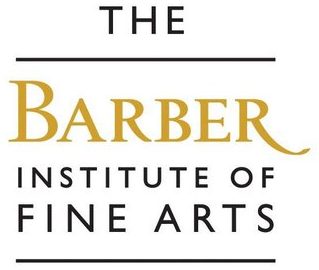Johann Baptist Zwecker (1814-1876)
Young Love Düsseldorf, 1840 Etching 24.1 x 28.7 cm This Romantic etching is a highly atmospheric scene of love and death on a moonlit mountainside, taken from Heinrich Heine’s ‘Buch de Lieder’. ‘Love, O Love, it was your might, brought us to our sorry plight’. Their existence blighted by self-destructive love, ghostly figures rise from … Read more
